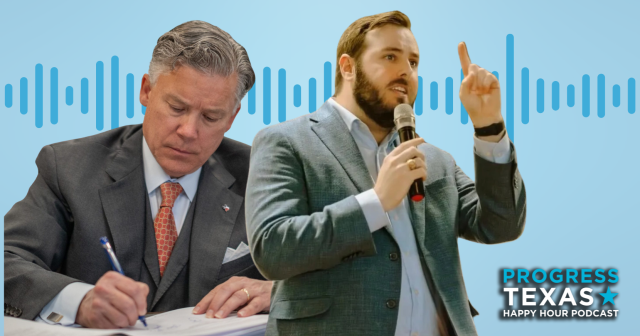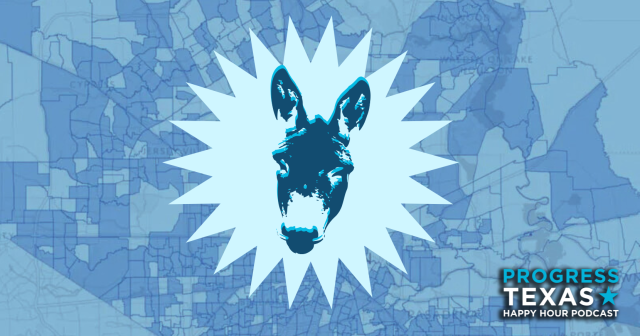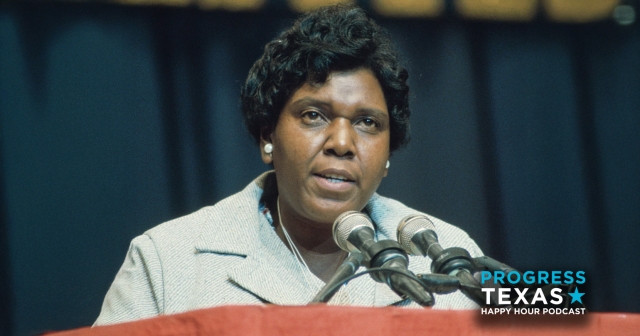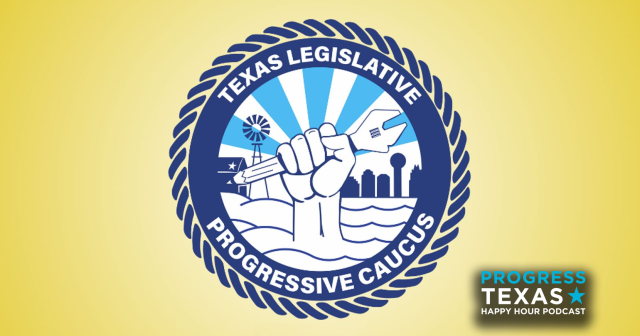A guide to voting in Texas during a pandemic
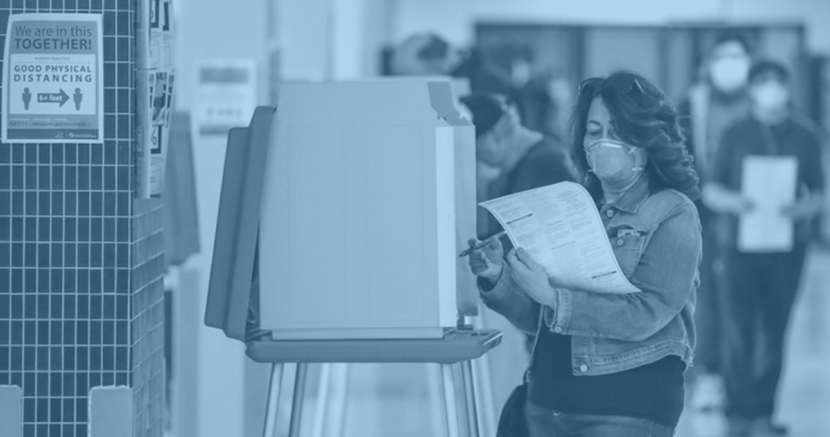
With in-person early voting starting for the Primary Runoff on Monday, June 29th, Texans are weighing how to ensure their health and safety is protected while exercising their right to vote.
The fight for vote-by-mail is still making its way through the courts, but now that the excruciating litigation tennis match has appeared to have slowed down in Texas, the focus has shifted back to how individual counties can minimize risk of exposure to COVID-19 if people choose to vote in person, especially as we see cases skyrocketing in Texas and the Governor refusing to require that voters wear masks at polling locations.
Counties around the state have begun taking necessary steps to offset election administration mishaps, in both July and November, and to provide adequate safeguards to abate the chances of COVID-19 exposure.
Some top recommendations for counties from voting rights advocates include:
- Making Personal Protective Equipment (PPE) available and accessible to poll workers at all polling locations;
- Relocating polling places away from high risk populations (such as nursing homes and senior citizen centers) and selecting polling places that enable COVID-19 preventative measures (such as sufficient social distancing among voters, election workers, and members of the public);
- Boosting curbside voting so that voters can be processed as they drive up to designated areas without them having to go inside to request curbside voting;
- Making sure polling places have sufficient protective supplies to ensure public safety, including sanitizer, gloves, approved face masks, and disinfectant spray, and providing training to election workers on how to use these supplies effectively;
- In partnership with county elected officials work to recruit high school and college students to participate in local Student Poll Worker Programs to supplement an anticipated decline in poll worker availability;
- Poll workers receive additional training to prepare for social distancing guidelines;
- Provide a significant amount of accessible drop off locations for mail-in ballots for voters who prefer not to mail their ballot.
It’s worth noting that this list, a shortened version of a much more robust set of recommendations, is being provided to counties by various non-partisan organizations. This is in large part due to the abdication of leadership responsibilities from the Texas Secretary of State’s Office and the Texas Attorney General’s Office, who fought tooth and nail against vote-by-mail expansion.
The Texas Secretary of State did release a list of protocols for individual voters during early voting and on Election Day if they will be voting in person. These include:
- Before voting:
- Self-screen before going to a polling place for any of the following, new or worsening signs or symptoms of possible COVID-19. If you have any symptoms, you may consider curbside voting.
- If you qualify, consider applying to vote by mail before Tuesday, July 2, 2020.
- Bring or Wear:
- Wear a face mask or covering (you may have to lower this to confirm your identity).
- Bring your own hand sanitizer.
- Bring your own marking instruments such as a pen, pencil with eraser, or stylus to use when checking-in to vote and for marking your ballot.
- Practice:
- When entering a polling place, wash or disinfect your hands.
- Maintain social distancing (at least six feet) from other voters and poll workers.
- Practice good hygiene (like hand washing, covering coughs, etc.)
Note: If a voter contracts COVID-19 (or other sickness or physical condition that prevents the voter from appearing at the polling place on election day without a likelihood of needing personal assistance or of injuring the voter’s health) after the deadline to submit an application for a ballot by mail, the voter should contact their county election officer for more details about submitting an Application for Emergency Early Voting Ballot Due to Sickness or Physical Disability.
While voters should be encouraged to follow this list of protocols, this only further demonstrates the office’s enthusiasm in putting the onus of responsibility to ensure safe and accessible elections on counties and individual voters themselves, despite being the office of the top election official in the state.
And make no mistake, as Texas voting rights advocates are urging that counties plan as far in advance of November as possible, they are also preparing to combat the usual voter suppression tactics that we have always seen in this state, and that Georgia saw (again) just a few weeks ago.
Long lines, machine malfunctions, unexpected polling location closures, late-openings, the list goes on.
The combination of Texas’ long standing list of voter suppression maneuvers, coupled with the fear associated with COVID-19 and a lack of preparation and PPE could prove catastrophic and inevitably impact Black, Latinx, and young voters the most. One wonders whether we can truly call ourselves a democracy if Georgia’s fate becomes our own.
_____
Ali Lozano is the Voting Rights Outreach Coordinator at the Texas Civil Rights Project where she develops and implements legal advocacy initiatives in response to shifts in policies affecting voting rights. She has previously worked for the LGBTQ Victory Fund and the Texas Freedom Network and has served on three boards for organizations working to advance LGBTQ equality and reproductive justice.
DONATE
Your donation supports our media and helps us keep it free of ads and paywalls.


